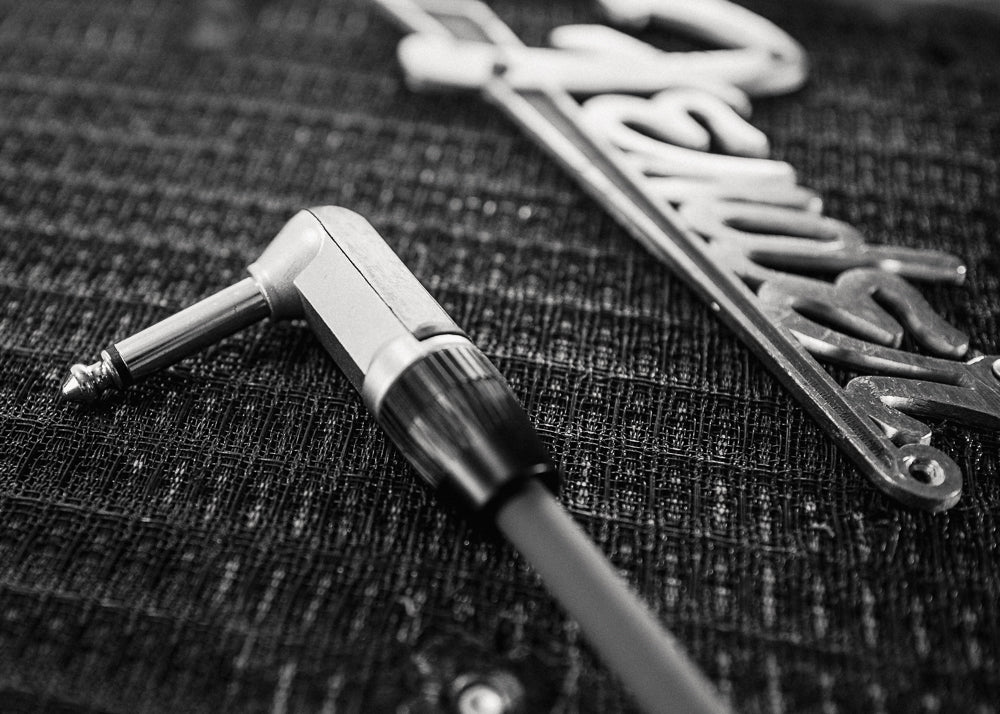Speaker vs. Instrument Cables: How to Tell Them Apart

Understanding the differences between speaker cables and instrument cables is crucial for musicians and audio enthusiasts. The anatomy of these cables is quite different, as they are designed to perform completely distinct tasks.
Speaker Cables: The Essentials
Speaker cables are designed to carry higher currents from the amplifier to the speaker. They feature a pair of speaker wires running through the cable, typically without RF (radio frequency) shielding. These wires are heavier in gauge, measured by the American Wire Gauge (AWG) system, where a lower number indicates a thicker wire.
For instance, our high-end speaker cables at the Fargen Custom Shop use 6 pair of 20AWG wires. This thicker gauge ensures robust performance and excellent signal flow to your speakers. We believe the Evidence Audio Siren 2 Speaker wire is the optimal design for speaker wires, providing the best balance between durability, clarity, and sound quality.
Instrument Cables: The Essentials
Instrument cables, on the other hand, are designed to carry low-current signals from instruments like guitars. They have a center conductor that passes the signal, surrounded by insulation and a copper mesh shielding. This shielding protects the conductor from RF interference, making these cables also known as coaxial cables or coax.
When it comes to instrument cables, you need to consider cable capacitance and RF noise. Our guide on [“How to Find the Best Guitar Cable”](link to article) provides more detailed information on these factors.
The Importance of Connectors
The connectors used for each type of cable also differ. Instrument cables typically use standard mono plugs, such as the durable Neutrik NP2 series. For speaker cables, which have a heavier gauge, we use Rean Jumbo Straight plugs. These connectors are designed to handle the higher currents and heat associated with speaker cables, ensuring reliable performance.
Why Instrument Cables and Speaker Cables Aren’t Interchangeable
Despite their similar appearance, speaker cables and instrument cables should not be used interchangeably. Here’s why:
Using a Speaker Cable as an Instrument Cable
While a speaker cable can technically pass the signal and ground, it lacks the proper shielding to protect against RF interference. This results in a noisy signal, especially over longer distances. Additionally, the higher cable capacitance can cause your guitar signal to sound muddy and dark.
Using an Instrument Cable as a Speaker Cable
Using an instrument cable as a speaker cable is a much bigger issue. Instrument cables have a thin center conductor (usually 20-24AWG) and a shield. When used as a speaker cable, the thin conductor and shield are not equipped to handle the high current, leading to potential overheating and melting. This can damage your amplifier, particularly the output transformers, due to the imbalanced resistance between the positive and negative currents.
Conclusion
Understanding the distinct roles and designs of speaker and instrument cables is essential for maintaining your equipment and achieving the best sound quality. At Exclusive Amps by Benjamin Fargen, we offer high-quality cables tailored to your needs, using top components like Evidence Audio Siren II wire and REAN plug ends.
Click here to find out more about Premium Fargen Custom Shop Speaker Cables!